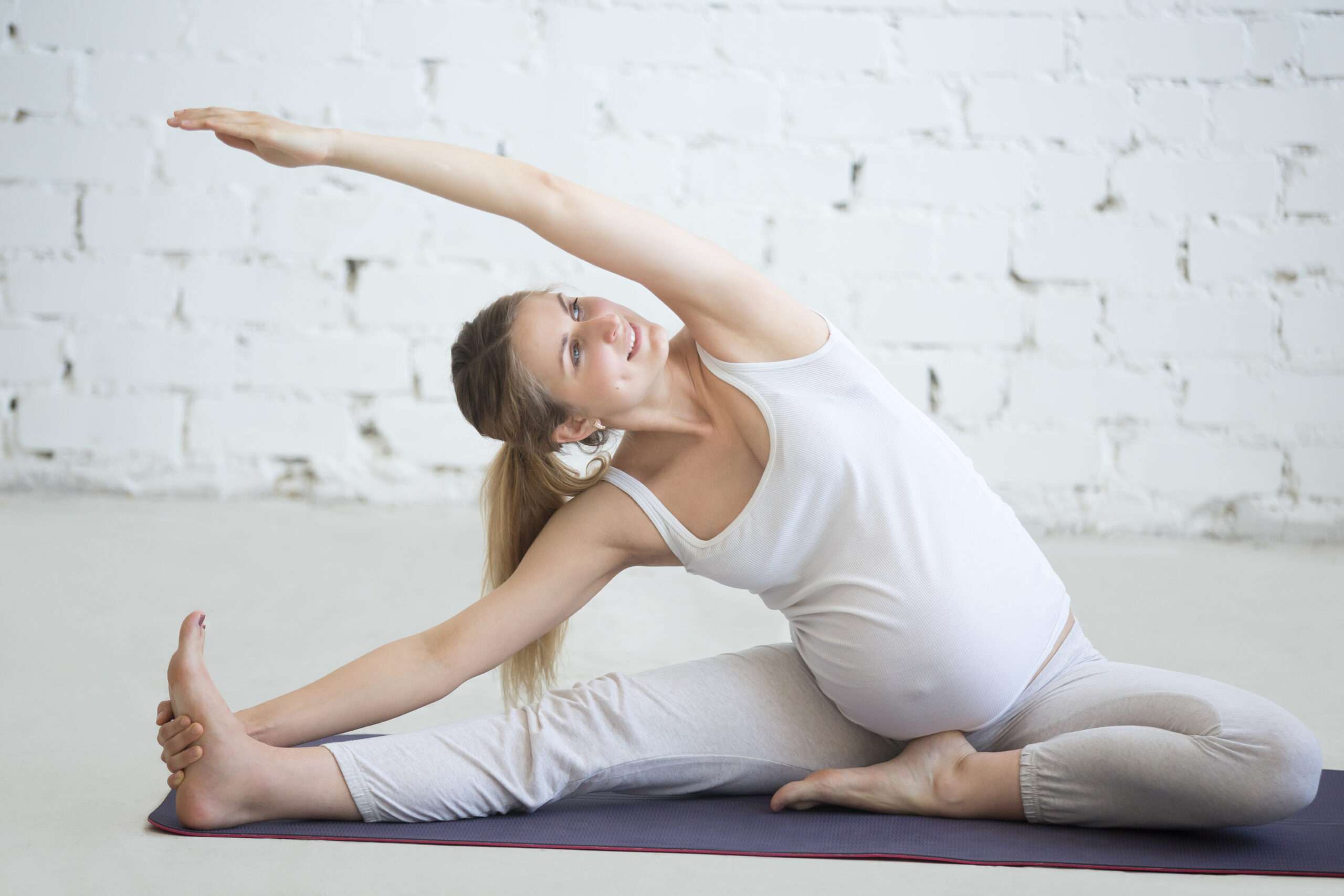I. Introduction
A. Significance of yoga and diet during pregnancy
Expectant mothers often seek ways to improve their well-being during pregnancy. Yoga and a balanced diet contribute greatly to the overall health of the mother and the developing baby.
B. The holistic approach to maternal well-being
The holistic approach addresses physical, mental, and emotional aspects. Yoga and a healthy diet play an important role in the comprehensive approach to maternal well-being.
II. Yoga for Pregnancy
A. Safe yoga poses for expectant mothers
Prenatal yoga focuses on a gentle posture to meet the changing needs of the pregnant body. The modified position ensures the safety of mother and baby.
B. Benefits of prenatal yoga
Benefits include improved flexibility, reduced discomfort and increased comfort. Prenatal yoga also helps with stamina, a key factor in fertility complications.
C. Yoga’s impact on stress reduction
Pregnancy can cause stress and anxiety. Yoga is proving to be an effective tool for managing stress levels through mindfulness and breathing techniques.
D. Some yoga poses during pregnancy
Yoga can be beneficial for relaxation, flexibility and enhancing overall well-being during pregnancy. However, it is important for pregnant women to choose safe yoga poses and consult with a health care professional before beginning any new form of exercise. Here are some yoga poses that are generally safe and beneficial for pregnancy.
- Tadasana (Mountain Pose):
- Stand with feet hip-width apart, arms by your sides.
- Focus on your breath and maintain good posture.
- Vrikshasana (Tree Pose):
- Stand on one leg, placing the sole of the other foot on the inner thigh or calf.
- Avoid placing the foot directly on the knee to prevent strain.
- Marjariasana (Cat-Cow Pose):
- Get on your hands and knees, arching and rounding your back in a flowing motion.
- This helps relieve back tension.
- Baddha Konasana (Butterfly Pose):
- Sit with your legs bent, soles of the feet together.
- Gently press your knees toward the floor.
- Sukhasana (Easy Pose):
- Sit cross-legged with your back straight and shoulders relaxed.
- This is a comfortable meditation pose.
- Virabhadrasana II (Warrior II Pose):
- Open your hips and chest by stepping one foot back and extending your arms.
- Ensure proper alignment to avoid strain.
- Trikonasana (Triangle Pose):
- Stand with legs wide apart, reach down to one foot with one hand while extending the other arm upward.
- Engage your core for stability.
- Utkatasana (Chair Pose):
- Sit back as if sitting in an imaginary chair, keeping your feet together.
- This strengthens the thighs and opens the chest.
- Prenatal Yoga Classes:
- Consider joining prenatal yoga classes led by instructors trained in adapting poses for pregnant women.
Always listen to your body, avoid overexertion, and modify poses as needed. If you experience any discomfort or have specific health concerns, consult with your healthcare provider before practising yoga during pregnancy. Additionally, it’s essential to avoid lying flat on your back for an extended period after the first trimester to prevent pressure on the vena cava.
III. The Role of Diet in Pregnancy
A. Importance of a balanced diet
A balanced diet is necessary to provide the necessary nutrients for fetal development. It supports the health of the mother and makes the pregnancy journey smooth.
B. Key nutrients for pregnant women
Nutrients such as folic acid, iron, calcium and omega-3 fatty acids are important during pregnancy. A variety of nutritious foods helps the baby grow well.
C. Foods to avoid during pregnancy
Some foods pose risks in pregnancy, including raw seafood, unsweetened dairy products and high levels of caffeine. Avoiding these keeps the mother and baby safe.
IV. Combining Yoga and Diet
A. Synergy between yoga and nutrition
The combination of yoga and a balanced diet improves overall health and has a synergistic effect. The physical benefits of yoga complement the nutritional support of a round diet.
B. Promoting overall health for both mother and baby
The integrated approach aims to provide an optimal environment for infant development and support the physical and psychological well-being of the mother.
V. Yoga and Diet Misconceptions
A. Common myths debunked
It is important to address common misconceptions about prenatal yoga and diet. Expert opinion helps separate fact from fiction.
B. Expert opinions on safe practices
Health professionals provide insight into safe practices and provide guidance on maintaining a healthy lifestyle during pregnancy.
VI. Personal Stories
A. Real-life experiences of pregnant women
Hearing the personal stories of women who have embraced yoga and a healthy diet during pregnancy provide inspiration and encouragement to those who are pregnant.
B. Positive outcomes from incorporating yoga and a healthy diet
Many women share positive outcomes, such as increased energy levels, reduced doubts and a sense of empowerment during the pregnancy journey.
VII. Tips for Getting Started
A. Gradual integration into a routine
Starting slowly with yoga and gradually adding a balanced diet makes for a smooth transition to a healthier lifestyle.
B. Seeking professional guidance
Discussions with healthcare professionals and certified yoga instructors help tailor behaviors and diets to individual needs.
VIII. Safety Precautions
A. Consultation with healthcare professionals
Before beginning any yoga program or any dietary changes, it is important to consult with healthcare professionals to ensure the safety of mother and baby.
B. Modifications for high-risk pregnancies
High-risk pregnancies may require modified yoga positions and special dietary advice. In such cases, personal care is essential.
IX. Addressing Common Concerns
A. Weight gain worries
Understanding that weight gain is a natural part of pregnancy helps reduce stress and emphasizes the importance of quality of life over appearance
B. Coping with pregnancy-related discomforts
Yoga and a balanced diet help manage common problems like back pain, bloating and mood swings, contributing to an overall positive pregnancy experience
X. Celebrating the Journey
A. Embracing the changes in mind and body
Pregnancy brings great changes, and acceptance of these changes creates positive thoughts, creating a deeper bond between mother and baby.
B. Building a support system
Having supportive family, friends and health professionals enhances the whole experience and provides encouragement and guidance.
XI. Conclusion
In conclusion, the pregnancy journey can be enhanced by maintaining a balanced diet that includes yoga. The physical, mental and emotional benefits contribute to a healthy and wholesome experience for mother and baby.
XII. FAQs
A. Is yoga safe for all pregnant women?
Yes, but it’s important to consult with a healthcare professional before starting any yoga program, especially for high-risk pregnancies.
B. How does a balanced diet impact the baby’s development?
A well-balanced diet provides the baby with essential nutrients for fetal development, supports healthy growth and promotes the well-being of the baby
C. Can yoga help with labor preparation?
Yes, prenatal yoga can increase strength and flexibility, potentially










